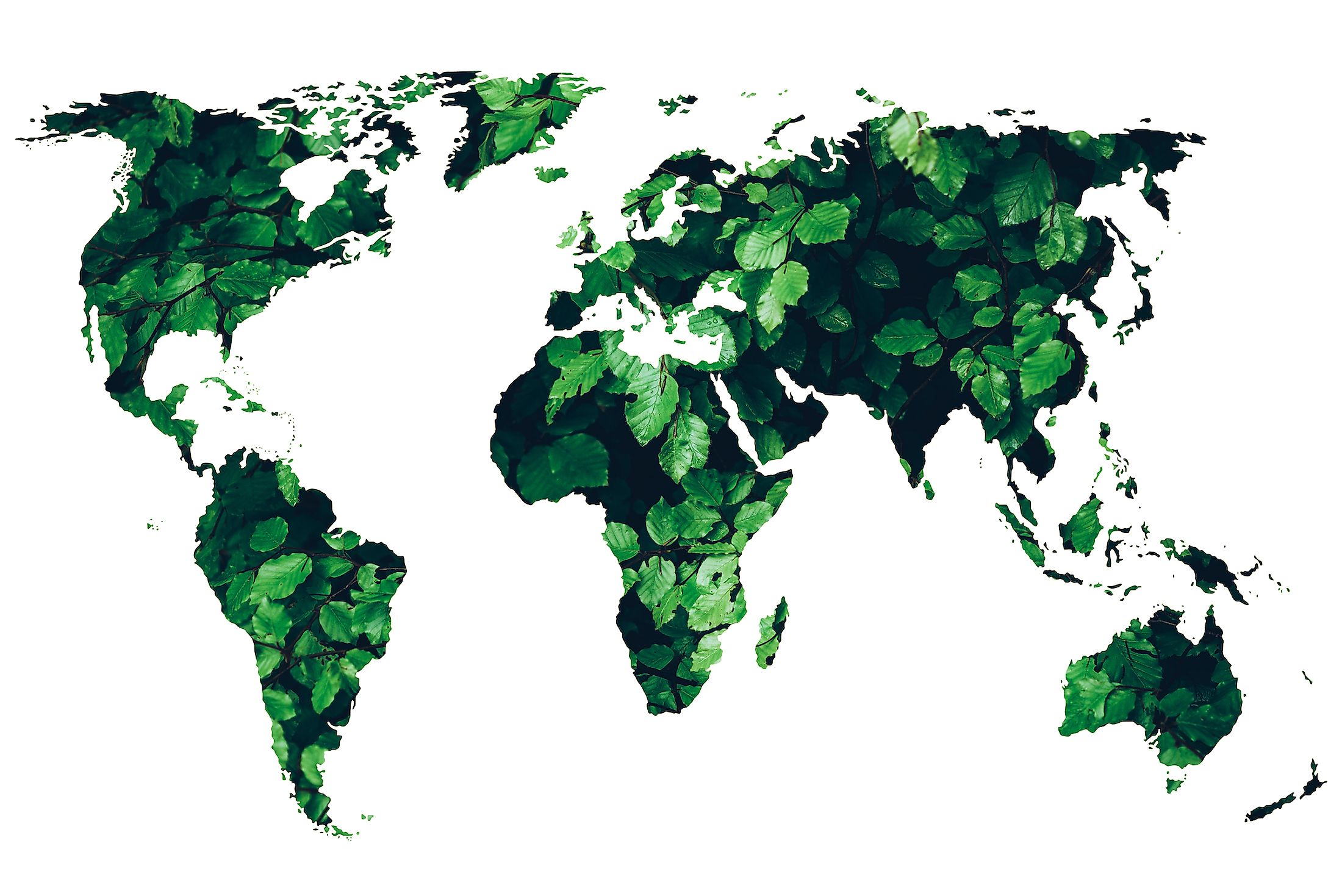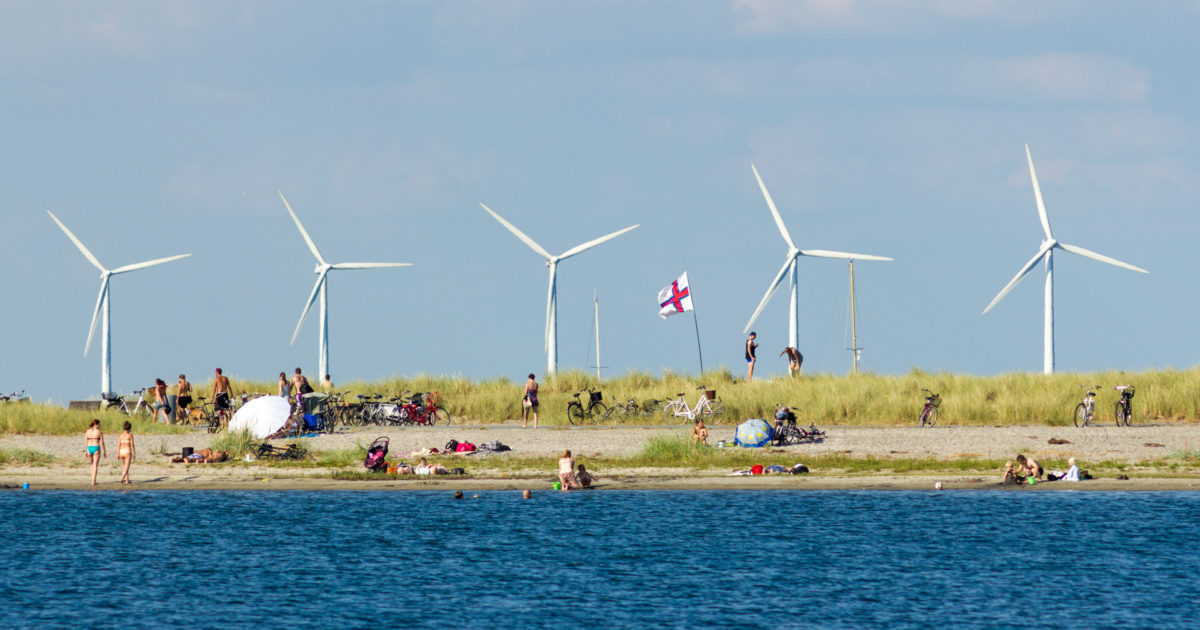If we are serious about helping the environment, we will have to make some significant adjustments. The most environmentally friendly nations can teach us a thing or two, and provide us with a road map to success.

Do you know about the most recent findings on the climate crisis? They raise serious worries, if not outright disrupt, society. The concentration of carbon dioxide in the atmosphere, a key greenhouse gas, is at an all-time high and is a major contributor to the current state of climate disruption. Wildfires, flash floods, and heat waves have all been on the rise recently, and this is a major contributing factor. In addition, specialists claim that the sixth mass extinction of plants and animals is already occurring as a direct result of human activities, which in turn speeds up climatic instability. The planet’s equilibrium will be severely disrupted unless drastic measures are taken. The countries with the best track records of sustainability, however, are already taking action to mitigate the impact.
To protect its reef, Belize has banned oil drilling
This tiny Caribbean nation enacted a law in 2018 prohibiting all oil drilling and development. Belize’s motivation for taking this action was mostly driven by the need to safeguard the Belize Barrier Reef, the world’s second-largest reef system. There are 1,400 kinds of marine creatures that call the 190-mile reef home, including six rare species of sharks and the critically endangered hawksbill turtle. It appears that their efforts have paid off at this point. Recently, UNESCO praised Belize for its efforts to preserve its marine environment, which resulted in the removal of the Barrier Reef Reserve System from the list of threatened World Heritage Sites.

97% of all plastic bottles in Norway are recycled
Thanks to its innovative “refundable deposit” system, Norway has the highest rate of plastic bottle recycling in the world. With this system in place, Norway has the greatest rate of plastic bottle recycling of any country in the world at 97%. Over ninety-two percent of it is recycled back into bottle form. Some of those plastic bottles have been recycled more than 50 times so far, according to the chief executive of Infinitum, the firm that operates the initiative, and fewer than 1 percent of plastic bottles now end up in landfills or the environment.
What factors contribute to Norway’s remarkably high rate of compliance? Plastic bottle manufacturers may save money on environmental fees if they increased their recycling rates. Further, they are exempt from paying most of these fees provided they recycle more than 95% of their waste, which they have done collectively for the previous 11 years. A tiny fee is added to the price of a beverage sold in a plastic bottle, and the consumer receives that tax back in the form of cash or store credit when they return the bottle after it is empty. The United States is already implementing a similar scheme for aluminum recycling.
Bhutan has a sustainability fee for tourists
The tiny Buddhist kingdom of Bhutan, perched on the eastern Himalayas, has been cut off from the rest of the world since March 2020 because of an outbreak of the virus known as COVID-19. By September 2022, most travelers won’t have to worry about having to undergo a quarantine before entering the country. Sustainable development fees have tripled, with visitors now shelling out almost $200 per day to see the world’s first carbon-negative nation.
Following its philosophy of “high value, low volume,” Bhutan hopes to control the influx of visitors in order to preserve a pleasant experience for locals, visitors, and the environment. The funds from this tax are used to plant new trees, expand hydroelectric generation, and electrify public transportation in order to reduce tourists’ carbon footprints.
Finland has made carbon neutrality mandatory by law
A new version of Finland’s Climate Change Act, first passed in 2015, was adopted by parliament in May 2022. If the president signs the bill as expected, Finland would be the first country in the world with a constitutional need to cut carbon emissions. This legislation requires Finland to become carbon neutral by 2035 and carbon negative by 2040; if the government fails to fulfill most of these climate targets, residents will have the right to sue for damages.
Denmark prioritizes wind energy
Denmark has been at the forefront of developing wind power since the 1970s when the country’s first on-land turbines went online. As early as 2002, the nation began operating the North Sea’s largest offshore wind farm. In order to take advantage of the stronger winds further out to sea, an artificial island is now being constructed to house the necessary infrastructure. Every new wind project in Denmark must also have a minimum of 20% state ownership. This helps cultivate a green mentality among residents and stimulates investment in renewable energy.














